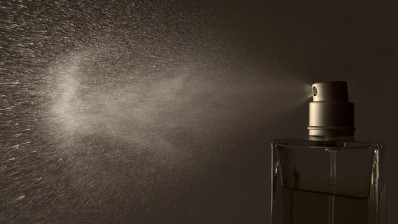Research into Lemur secretions points to squalene as a key to longer-lasting scents

Indeed, the research points to some interesting observations linking squalene – a substance found in both Lemur secretions and fragrances – to boosting the properties of scents.
The research, which was published in the latest edition of the Royal Society Open Science online journal, focuses on how Lemurs get more of their smelly secretions by combining fragrances to create a richer, longer-lasting smell.
The scent of the male ring-tailed Lemur produces a distinct musky scent that is a far cry from upscale fragrances, but what is interesting is how effective it is.
How Lemurs do it
What interests the researchers is the way these particular Lemurs create their scent using a pair of glands on their writs that give off droplets of clear, fast-evaporating liquid, that is then combined with a brown foul-smelling past that comes from a second pair of glands on their chests.
The two secretions are either used individually or combined using a layering effect for different purposes.
Throwing more light on both the way the secretions are mixed and their use was the main focus of the research, with the end goal of comparing the results to perfume- and fragrance-making processes.
The experiment…
To discover more the research team collected samples of the secretions, then proceeded to test the animal’s reactions to each of the secretions individually, as well as a mixture of the two.
The results showed that the lemurs had a distinct preference for the mixed secretions, which the scientist expressed surprise over.
“The results suggest that mixing scents serves two purposes. First, like blending perfumes with complementary notes, blending secretions may increase the amount of information conveyed by a single dab of scent,” said Christine Drea, a professor of evolutionary anthropology at Duke who led the study.
The researchers believe that the second purpose could also be to lock in the more fleeting aromas and boosting their staying power, which they believe is down to the squalene.
This squalene was found in the paste that was secreted from the animal’s chest and is a substance that is also used as a preservative in skin and fragrance products.









